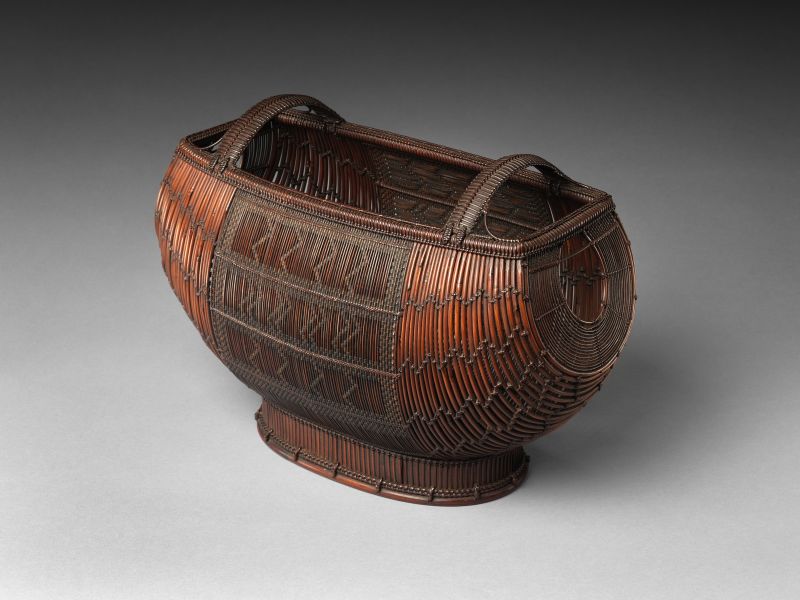Exploring the Art of Japanese Bamboo Baskets

The art of bamboo basket making in Japan represents not only a remarkable skill but also a continuation of an ancient tradition. It involves intricate techniques refined over many generations, showcasing both utility and aesthetic beauty.
Exhibition at the Metropolitan Museum of Art

This exhibition highlights the diverse approaches to bamboo basket artistry. Many featured baskets, such as those intricately designed as flower carriers, exemplify the blend of functionality and artistic expression.
The Cultural Significance of Bamboo Weaving

Furthermore, bamboo weaving is not limited to decorative purposes. Historically, bamboo baskets were essential in daily life, serving as practical items like storage containers and kitchen tools.
Modern Innovations in Bamboo Art

In recent years, artists have expanded their creativity, producing innovative works that challenge traditional notions of basketry. This evolution demonstrates how the art form can adapt while still honoring its roots.
Challenges Facing Bamboo Artists Today

Despite the rich tradition, the number of full-time bamboo artists in Japan is dwindling. Many practitioners face financial challenges, necessitating new markets and greater appreciation for bamboo art both locally and abroad.
Prominent Bamboo Artists

One notable figure in this field is Noboru Fujinuma, recognized as a “Living National Treasure.” His works highlight the blend of traditional techniques with contemporary design, emphasizing the ongoing legacy of bamboo basket artistry.

Moreover, international appreciation for bamboo creations has opened new avenues for Japanese artisans, allowing their craft to flourish beyond traditional markets.
Conclusion
In conclusion, the art of bamboo basket making in Japan continues to be a vital cultural expression, combining centuries-old traditions with innovative practices. The perseverance of this art form is a testament to the skills of its artists and the enduring beauty of bamboo craftsmanship.




